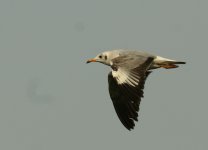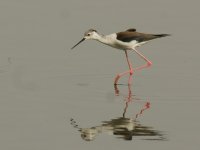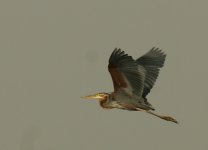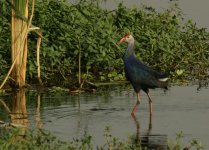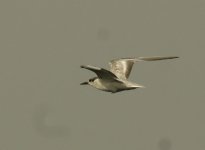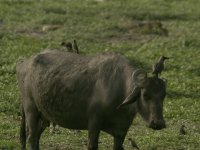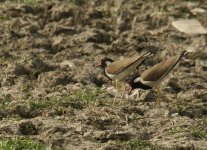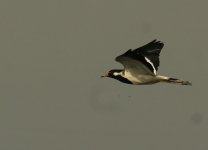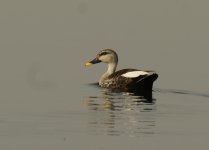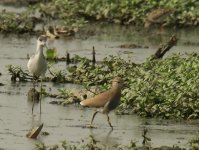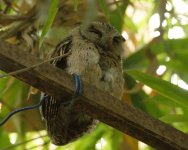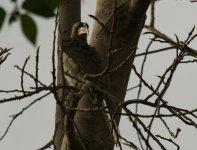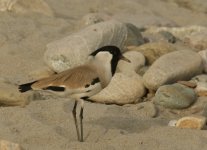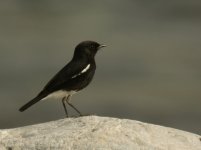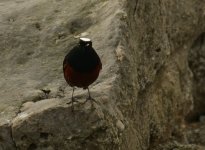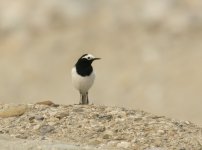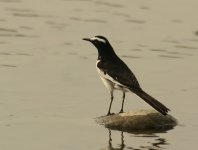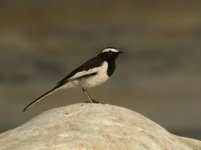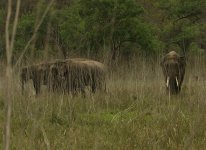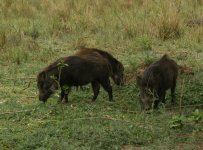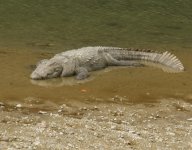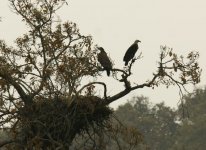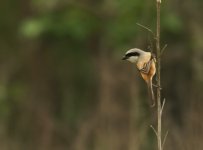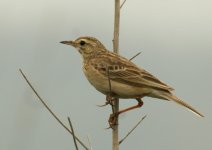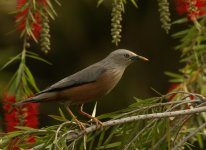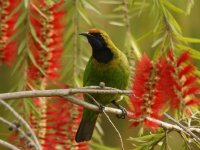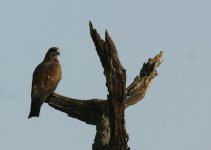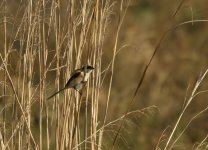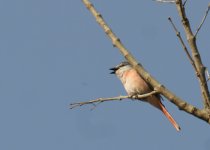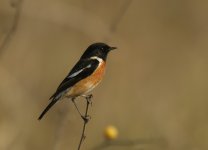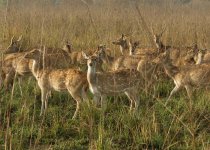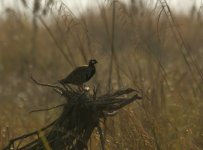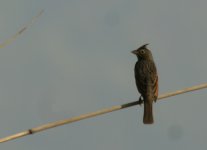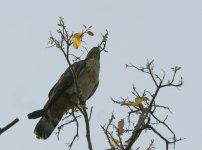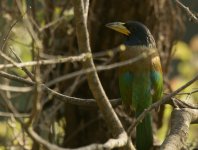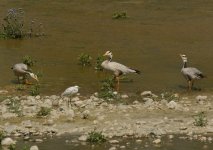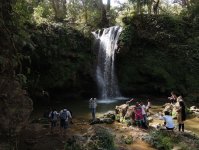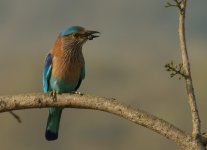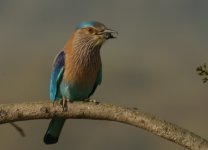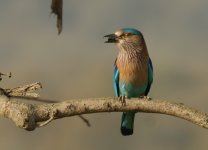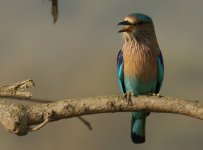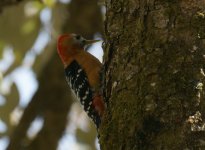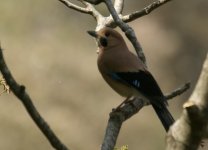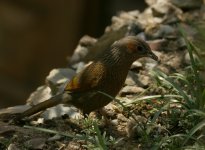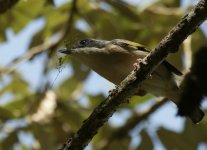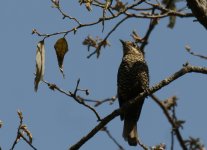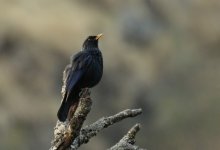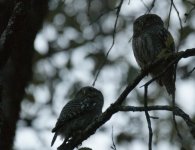
This was my first ever trip to India, although I had been to Sri Lanka previously so knew some of the birds. Although it was mostly a birding trip, there were a few days of work (well, sort of work) and one or two other days that were only partly birding.
I flew with KLM via Amsterdam (only a little over £500 return, and generally good). The first part of the trip I organised with Asian Adventures, who booked the accommodation and organised transport. I had a guide for a day and a half in Corbett. This all worked quite well and meant that everything went fairly smoothly. It would no doubt be possible to do things more cheaply but the costs were generally still fairly low except for visiting Corbett, which is expensive to do however you do it. I organised the final part of the trip myself, which was generally straightforward. I travelled quite often by train, which was fine, even if the stations are generally rather bewildering places. For advice on travelling by train in India, the Man in Seat 61 is your friend.
My itinerary was as follows:
March 24th: Aberdeen - Delhi with KLM. Overnight in Delhi at Grace Hotel http://www.thegracehotel.in/
March 25th: Delhi then overnight train to Ramnagar
March 26th: Tiger Camp in Ramnagar http://www.tiger-camp.com/
March 27th: Corbett National Park, overnight at Dhikala http://www.dhikalaforestlodge.in/index.html
March 28th: Corbett to Pangot http://www.pangot.com/
March 29th-30th: Pangot
March 31st: Pangot to Sat Tal, overnight at Sat Tal Birding Camp http://www.sattalbirdinglodge.com/
April 1st: Sat Tal
April 2nd: Sat Tal to Kathgodam, then overnight train to Delhi
April 3rd - 6th: Malik Continental Hotel, Delhi http://www.malikcontinental.com/
April 6th: Delhi to Bharatpur, Hotel Sunbird http://www.hotelsunbird.com/
April 7th: Bharatpur
April 8th: Bharatpur - Jaipur, overnight Hotel Satkar http://www.satkarhotel.com/index.html
April 9th: Jaipur
April 10th: Jaipur to Agra then to Chambal Safari Lodge http://www.chambalsafari.com/
April 11th: Chambal river safari then return to Delhi for overnight flight to Aberdeen via Amsterdam
I think the trip was quite successful - India is a very easy place to see a lot of birds, many of which are really very wonderful.
I flew with KLM via Amsterdam (only a little over £500 return, and generally good). The first part of the trip I organised with Asian Adventures, who booked the accommodation and organised transport. I had a guide for a day and a half in Corbett. This all worked quite well and meant that everything went fairly smoothly. It would no doubt be possible to do things more cheaply but the costs were generally still fairly low except for visiting Corbett, which is expensive to do however you do it. I organised the final part of the trip myself, which was generally straightforward. I travelled quite often by train, which was fine, even if the stations are generally rather bewildering places. For advice on travelling by train in India, the Man in Seat 61 is your friend.
My itinerary was as follows:
March 24th: Aberdeen - Delhi with KLM. Overnight in Delhi at Grace Hotel http://www.thegracehotel.in/
March 25th: Delhi then overnight train to Ramnagar
March 26th: Tiger Camp in Ramnagar http://www.tiger-camp.com/
March 27th: Corbett National Park, overnight at Dhikala http://www.dhikalaforestlodge.in/index.html
March 28th: Corbett to Pangot http://www.pangot.com/
March 29th-30th: Pangot
March 31st: Pangot to Sat Tal, overnight at Sat Tal Birding Camp http://www.sattalbirdinglodge.com/
April 1st: Sat Tal
April 2nd: Sat Tal to Kathgodam, then overnight train to Delhi
April 3rd - 6th: Malik Continental Hotel, Delhi http://www.malikcontinental.com/
April 6th: Delhi to Bharatpur, Hotel Sunbird http://www.hotelsunbird.com/
April 7th: Bharatpur
April 8th: Bharatpur - Jaipur, overnight Hotel Satkar http://www.satkarhotel.com/index.html
April 9th: Jaipur
April 10th: Jaipur to Agra then to Chambal Safari Lodge http://www.chambalsafari.com/
April 11th: Chambal river safari then return to Delhi for overnight flight to Aberdeen via Amsterdam
I think the trip was quite successful - India is a very easy place to see a lot of birds, many of which are really very wonderful.




